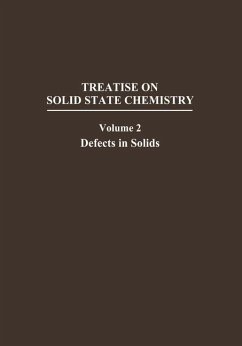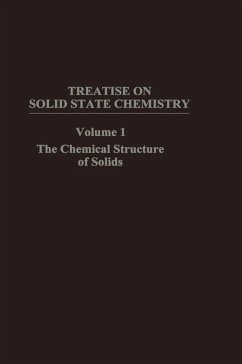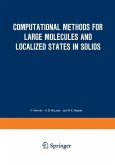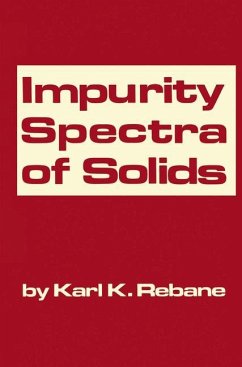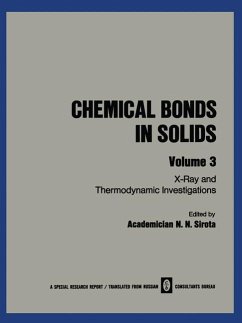The last quarter-century has been marked by the extremely rapid growth of the solid-state sciences. They include what is now the largest subfield of physics, and the materials engineering sciences have likewise flourished. And, playing an active role throughout this vast area of science and engineer ing have been very large numbers of chemists. Yet, even though the role of chemistry in the solid-state sciences has been a vital one and the solid-state sciences have, in turn, made enormous contributions to chemical thought, solid-state chemistry has not been recognized by the general body of chemists as a major subfield of chemistry. Solid-state chemistry is not even well defined as to content. Some, for example, would have it include only the quantum chemistry of solids and would reject thermodynamics and phase equilibria; this is nonsense. Solid-state chemistry has many facets, and one of the purposes of this Treatise is to help define the field. Perhaps the most general characteristic of solid-state chemistry, and one which helps differentiate it from solid-state physics, is its focus on the chemical composition and atomic configuration of real solids and on the relationship of composition and structure to the chemical and physical properties of the solid. Real solids are usually extremely complex and exhibit almost infinite variety in their compositional and structural features.
Hinweis: Dieser Artikel kann nur an eine deutsche Lieferadresse ausgeliefert werden.
Hinweis: Dieser Artikel kann nur an eine deutsche Lieferadresse ausgeliefert werden.

